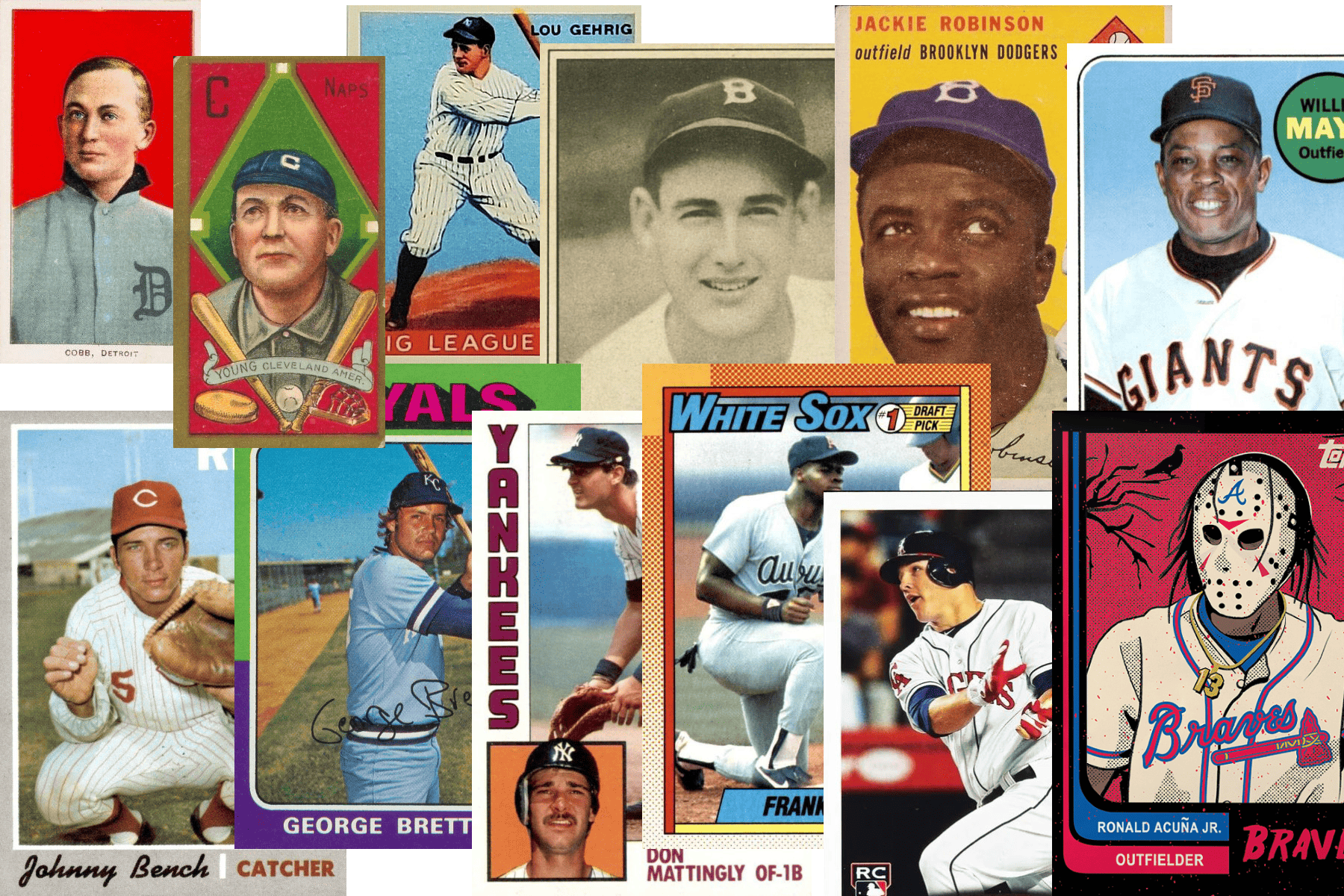Baseball cards are much more than simple collectibles; they are a window into the rich history of America’s pastime. From their origins in the late 19th century to the explosion of the hobby in the 20th century and the high-tech innovations of today, baseball cards have mirrored the growth and evolution of the sport itself. Baseball card history reveals not only the iconic players who shaped the game but also the cultural shifts that influenced the hobby, from early tobacco cards to modern digital collectibles. Every card tells a story, capturing moments in time that connect fans across generations.
As we dive deeper into the world of baseball card history, we uncover how these cards evolved over the decades, reflecting not just the game on the field, but the changing interests and trends of society. From the iconic rookie cards of legends like Babe Ruth and Jackie Robinson to the more recent boom in 1:1s, autographs and relics, baseball card history continues to be written. With each new release, collectors continue to shape the legacy of these timeless artifacts, ensuring that baseball card history remains a vibrant part of the sport’s enduring legacy. Let’s dive in!
Mid-19th Century: Nascent Times
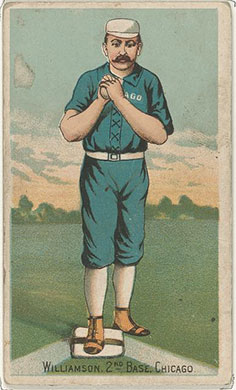
In the mid-19th century, baseball cards were far from the collectible treasures they are today. Instead, they served a promotional purpose, helping companies attract customers to their products. The first recorded baseball card dates back to the 1860s and features the Brooklyn Atlantics, a team that played in the early days of the sport. These cards weren’t intended for collectors. They were part of a broader marketing strategy, distributed as part of trade packages or offered as premiums with other products. The nascent days of baseball cards laid the groundwork for the cultural phenomenon that would eventually develop.
By the late 19th century, tobacco companies like Allen & Ginter and Goodwin & Company saw an opportunity to use baseball cards as promotional tools for their cigarettes. These “tobacco cards” were inserted into packs of cigarettes to encourage people to buy their products. They featured a range of designs, including illustrations, photographs, and lithographs of baseball players, providing an early glimpse of the sport’s growing popularity. As the cards became more widespread, they began to attract attention from fans, who started saving them, setting the stage for the rise of the baseball card as a collectible item.
1900s: The Birth of Baseball Cards
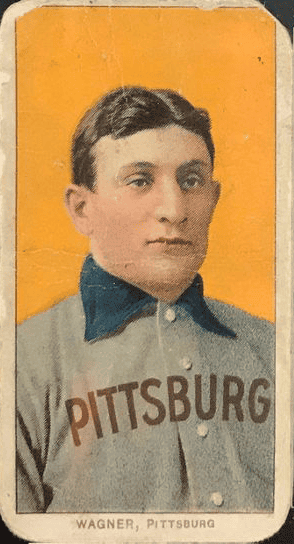
The early 1900s marked the beginning of baseball cards as we recognize them today. During this time, tobacco companies continued to issue cards, but they evolved in design and purpose. One of the most iconic sets from this era was the T206 series, produced between 1909 and 1911. These cards featured vibrant lithographic images of players, capturing the essence of the sport with striking colors and detail. The T206 series set the stage for the modern baseball card. It introduced a level of artistry and attention to detail that went beyond mere promotional tools.
Among the many notable cards in the T206 series, the Honus Wagner card stands out. In fact, it is one of the most famous and valuable baseball cards in the history of the hobby. The card’s rarity stems from the story that Wagner, allegedly, objected to having his image used to promote tobacco products. This led to a short print run of his card. This scarcity has made the card a prized collector’s item. The T206 series not only marked the birth of baseball cards as collectibles. It also laid the foundation for the card trading culture that would flourish in the decades to come.
1910s-1920s: The Golden Age of Baseball Cards
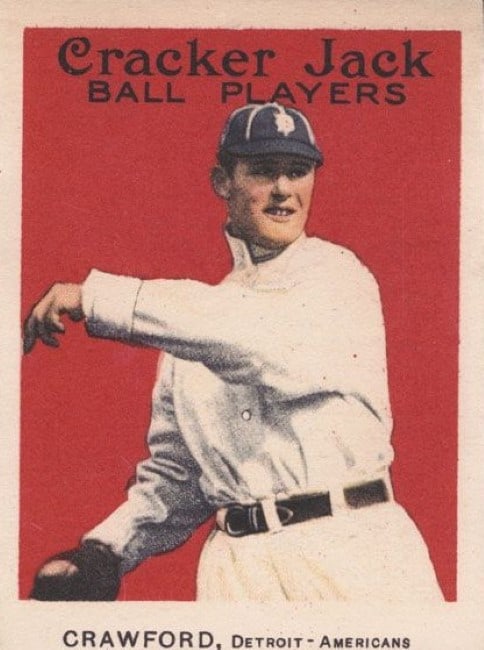
The 1910s and 1920s are often referred to as the “Golden Age” of baseball cards. It was a time when the hobby truly began to take shape. During this period, the demand for baseball cards skyrocketed, leading to an increase in production from various companies. One of the most beloved sets from this era was the 1914 Cracker Jack series. It featured vibrant, real-photo cards of players. These cards were often included as part of Cracker Jack caramel popcorn boxes. They quickly became a favorite among collectors. Their high-quality images and unique design continue to make them highly sought after today.
In addition to Cracker Jack, other companies like Goudey and Zeenut were popular in the 1920s. The 1921 Zeenut set, for example, is notable for being regional, focusing on players from the Pacific Coast League. These cards weren’t as widely distributed as their national counterparts, but they were particularly popular to those with ties to the West Coast.
This era marked a turning point in the hobby, as it shifted from regional and niche sets to cards with broader appeal. It set the stage for the explosive growth of baseball cards in the decades that followed.
1930s-1940s: The War and Post-War Era

The 1930s marked a significant shift in the baseball card industry, with companies like Goudey Gum leading the way. These companies began producing baseball cards not only as a promotional tool but as a collectible item. The 1933 Goudey set, one of the most iconic in baseball card history, included legendary players such as Babe Ruth, Lou Gehrig, and Jimmy Foxx. These cards featured bright, vibrant designs that stood in stark contrast to the sepia-toned images of earlier cards. By utilizing advanced printing techniques, Goudey was able to mass-produce color cards. They revolutionized the way baseball cards were made and paved the way for future card designs.
The impact of the Great Depression and World War II on card production was significant. Many companies faced financial hardships and resource shortages. The demand for non-essential items like baseball cards dwindled, and the production of new sets slowed considerably during the late 1930s and early 1940s. As a result, baseball card collecting fell into a lull during these years. The war effort also redirected resources away from the production of consumer goods. This included trading cards.
However, with the end of World War II came a revival of the baseball card market. The 1948 Leaf set, considered the first post-war set, heralded the return of baseball cards to the mainstream. This set is particularly notable for its inclusion of the Satchel Paige rookie card. Paige’s card was short-printed, making it even rarer and more desirable to collectors.
The post-war period saw a renewed interest in the hobby. Baseball cards once again became an integral part of American culture. The industry was ready for a boom.
1950s-1960s: The Card-Collecting Boom
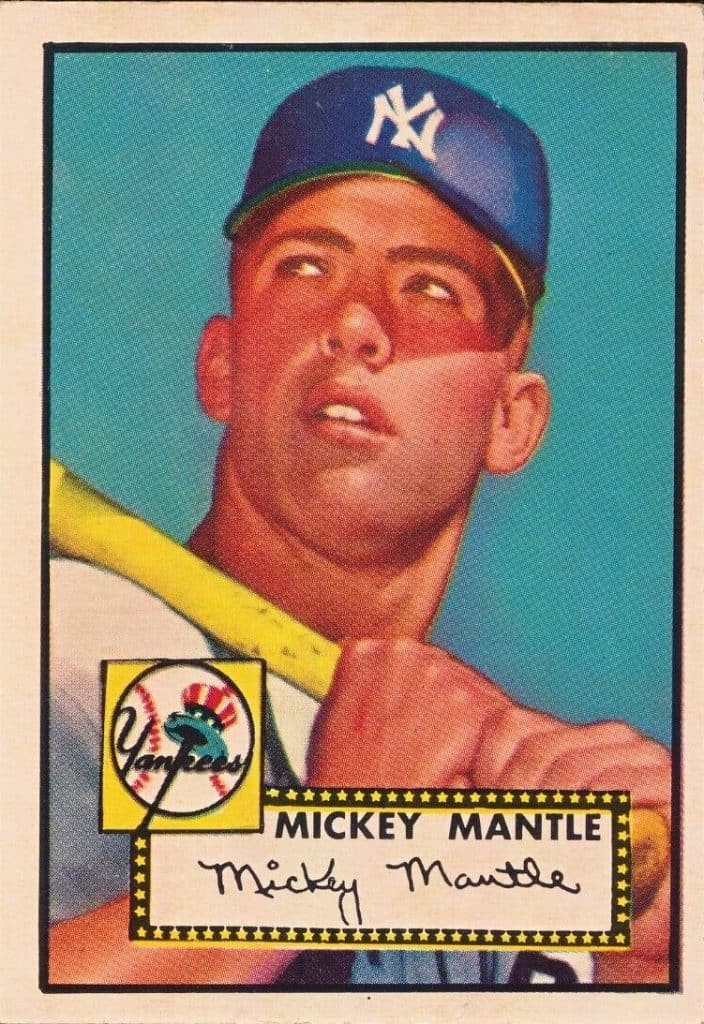
The 1950s and 1960s were pivotal decades in the history of baseball cards. They marked the rise of Topps as the dominant brand in the industry. In 1951, Topps made its first significant foray into the market with its Red Back and Blue Back sets. However, it was the 1952 Topps set that truly solidified the company’s place in baseball card history. The Mickey Mantle card from this set is legendary. In 2022, one of these cards sold for a staggering $12.6 million. The 1950s produced other key cards, including the 1954 Topps Hank Aaron rookie card and the 1955 Topps Roberto Clemente card. Both became cornerstone pieces for collectors.
The 1960s continued the momentum set by the previous decade, with new sets and innovations. Unsurprisingly, Topps continued to lead the charge. They released memorable cards featuring future Hall of Famers like Reggie Jackson (1969), Johnny Bench (1968), Tom Seaver (1967), and Nolan Ryan (1968).
By the 1960s, baseball card collecting had evolved into a mainstream hobby, particularly among young fans. It wasn’t just about the game anymore – cards became a way to connect with baseball’s rich history. Millions of kids would gather around, trading cards with friends, creating a sense of community and excitement around the hobby. This growing enthusiasm laid the foundation for the next stages of card collecting and its massive popularity.
1970s-1980s: The Modern Era Begins
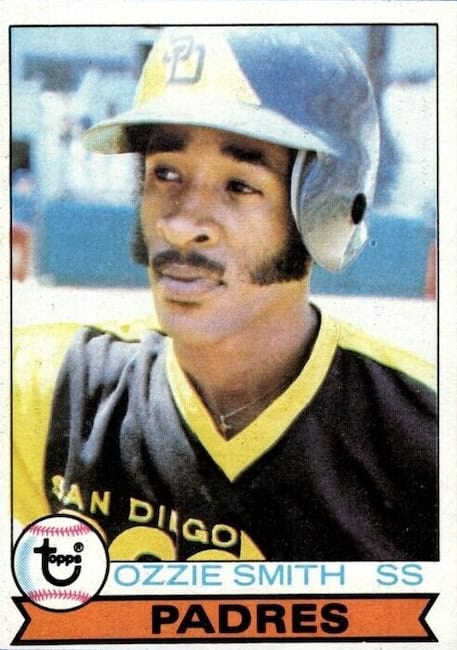
The 1970s and 1980s marked a turning point in the world of baseball cards, as the market expanded and the design of the cards became more dynamic. While Topps continued to dominate the industry, competing companies like Fleer and Donruss emerged, intensifying the competition. This era saw the introduction of several iconic rookie cards that remain highly sought after today. One of the standout cards from the 1970s is the 1979 Topps Ozzie Smith rookie card, which showcases the Hall of Famer early in his illustrious career. The 1984 Donruss Don Mattingly rookie card also became a fan favorite, with Mattingly’s career taking off in the 1980s and making his card a staple in the hobby.
The 1980s were also a time of experimentation and innovation in the card industry. One notable development was the introduction of “insert cards,” which began to change the way collectors viewed their collections. These special edition cards, often featuring holograms, foil stamping, or unique designs, created an element of surprise and excitement for collectors when they opened packs. Insert cards became a way to entice collectors and heighten the perceived value of a set, with some insert cards even becoming rarer and more valuable than the regular cards in the packs. The increased variety of card designs and features during this period helped shape the modern era of card collecting, making it more dynamic and diverse than ever before.
1990s-Present: The Modern Card Revolution
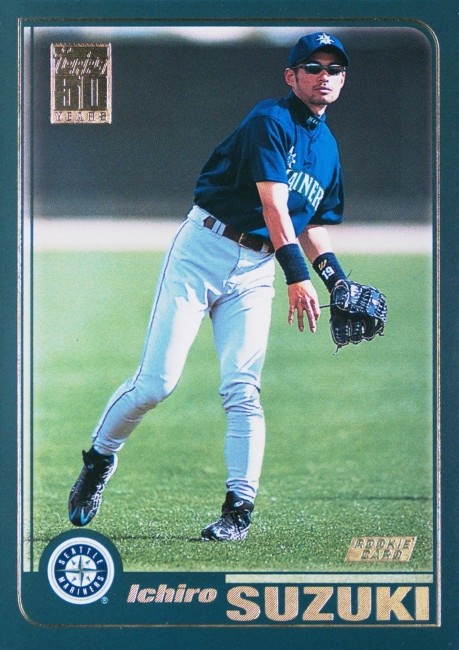
The 1990s marked the dawn of the modern card revolution, forever transforming the hobby. However, the increased production of cards in the 1990s led to an overabundance in the market, earning this period the nickname “junk wax.” Many of the cards from this era, while still cherished by collectors, suffered from lower perceived value due to their widespread availability.
By the 2000s, collectors began to push back against the notion of “junk wax” as the industry adapted to more targeted, exclusive products. The introduction of serial-numbered cards and parallels added a layer of rarity to the hobby, making certain cards more sought after than others. This was a key development in maintaining the collectibility of cards even as production numbers surged. The 2000s also witnessed the advent of autographed and memorabilia cards, which increased the emotional and financial value of certain cards. Upper Deck, for example, became the first company to include an autograph insert in their 1990 packs – a card signed by Reggie Jackson with a limited serial number of up to 2,500 copies.
The 21st century ushered in a new era of digital innovation, as digital baseball cards gained traction among collectors. Companies like Topps capitalized on the growing interest in digital assets by launching digital card apps that incorporated blockchain technology. These apps allowed users to collect, trade, and even sell their cards in a virtual space. Though the value of digital cards remains debated, they represent the intersection of traditional collectibles with the digital economy, aligning with the rise of cryptocurrency and NFTs. Digital cards have opened new avenues for collectors, proving that the future of the hobby continues to evolve alongside technological advancements.
Overall Historical Impact
Baseball card history is deeply intertwined with the history of baseball itself. These cards have not only documented the evolution of the sport but also played a vital role in preserving its history. They have provided a bridge between generations, passing down stories and legends of the game.
In conclusion, the history of baseball cards is a remarkable journey through time. Each decade has brought its own unique charm to the hobby, reflecting the changes in baseball, card design, and the tastes of collectors. The enduring appeal of these cards lies in their ability to capture the essence of America’s pastime, making them cherished artifacts for collectors and fans alike.
